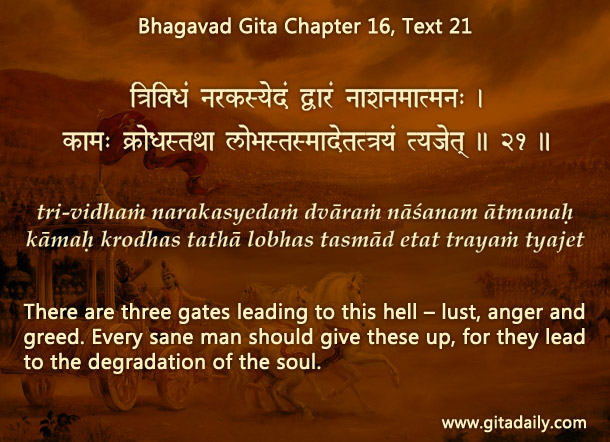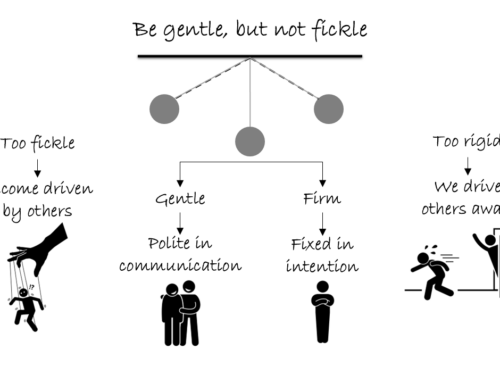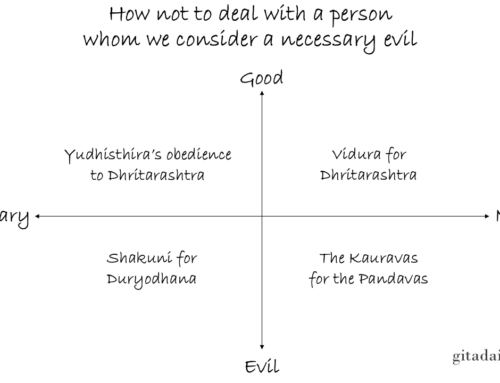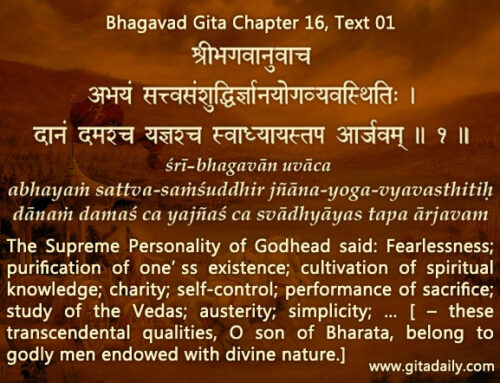Vice refers to the impure, dishonorable, and destructive desires within us that can lurk in the background, loom in the foreground, or leap into a controlling position in our lives, thereby dominating and driving us to choices that harm both ourselves and others. Bhagavad gita
The Bhagavad Gita (16.21) identifies lust, anger, and greed as the three pathways to hell, emphasizing that they are among the most prominent vices. While vices have been present throughout human history, they are now being fueled like never before through media and advertising.
The Fueling of Vice
Lust, ever present in the human psyche, is fueled and fanned by an almost endless array of sexual images and videos readily available on the internet. Today, anyone with an internet connection can access more explicit content in 15 minutes than the wealthiest collector could in 50 years.
Greed is similarly fueled by the aggressive and intrusive display of luxury products and lifestyles showcased in advertisements, TV shows, and movies. These depictions create desires in many people that they may never be able to fulfill.
Anger, like greed, is triggered by exposure to the extravagant lifestyles of the super-rich. It is further fueled by action movies that glorify violence, as well as the live broadcasts and frequent portrayals of violent acts occurring worldwide.
Guarding Against Vice
Although not everyone is equally affected by the relentless triggering of these vices, we all need to remain vigilant, especially regarding our particular vulnerabilities. To supervise wisely, we must:
Beware externally of the stimuli we allow into our consciousness.
Be alert internally to monitor the kind of fantasies activated, whether through conscious contemplation or unconscious accommodation fueled by external stimuli.
Unchecked, such fantasies can grow without our intent, although not without our passive consent. To find relief from the torment of cravings, many people fall into cheap and dangerous escape routes in the form of addictive substances or behaviors. Addictions, whether to substances, behaviors, or devices, can trap us in a vise—a tool used to hold things together for mechanical work.
Unlike a mechanical vise that can be unlocked, the grip of addictive cravings on our consciousness can be almost impossible to loosen. This reality is why millions live and die under the hold of drug addictions. The “vise of vice” can feel like a super-vise that requires superhuman effort or divine intervention to break free from.
Avoiding Entrapment
To avoid falling into such a deadly grip, it is essential to supervise wisely. The Bhagavad Gita in its 16th chapter calls for us to regulate our behavior by establishing and enforcing boundaries guided by time-honored wisdom texts. These texts are meant to protect and direct human behavior so that we flourish rather than perish.
Summary:
- While vices have always existed in human hearts, they have never before been so extensively fueled by high-tech stimuli that trigger lust, anger, and greed, making us more vulnerable than ever.
- Once seduced by vices, we may find ourselves trapped in indiscriminate indulgences that lead to addictive behaviors where our consciousness feels caught in a vise that can’t be loosened.
- To protect ourselves, we need to supervise wisely by minimizing exposure to titillating and agitating external stimuli and limiting internal indulgence in unhealthy fantasies.
Think it over:
- Reflect on any incident when the vice within you was triggered by the external influence of today’s culture and media, and consider your level of vulnerability.
- Recall any incident when you observed someone trapped in the vice-like grip of addiction.
- List three boundaries you can establish and enforce to protect yourself from vice.
***
16.21 There are three gates leading to this hell – lust, anger and greed. Every sane man should give these up, for they lead to the degradation of the soul.





Leave A Comment